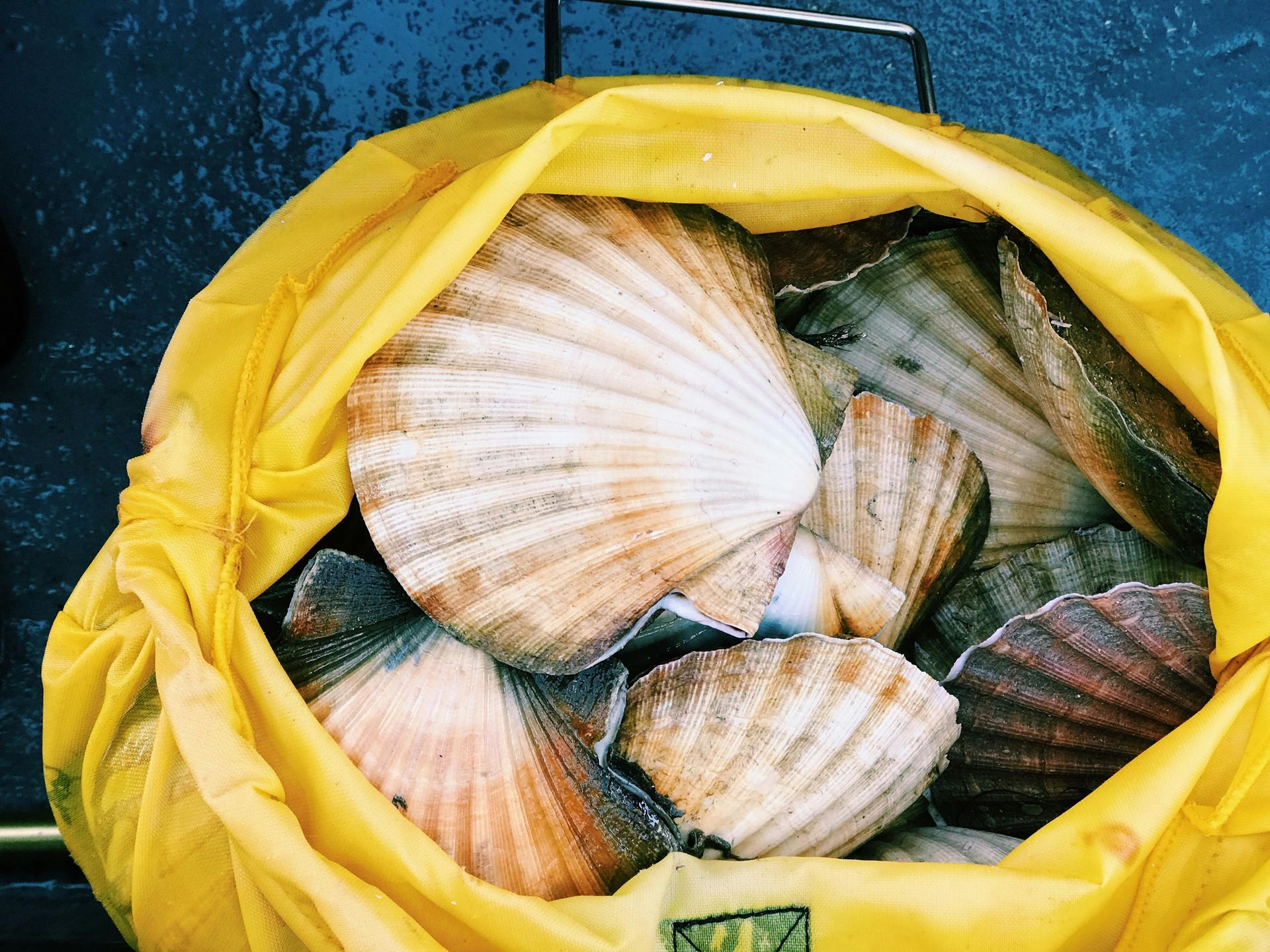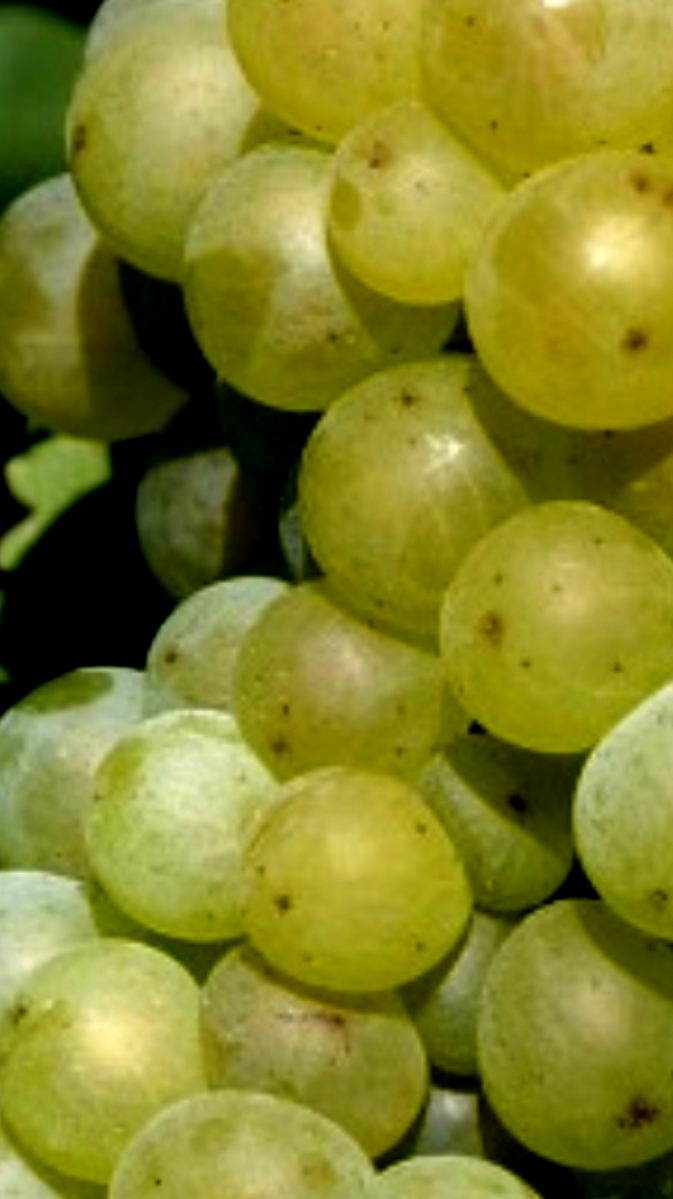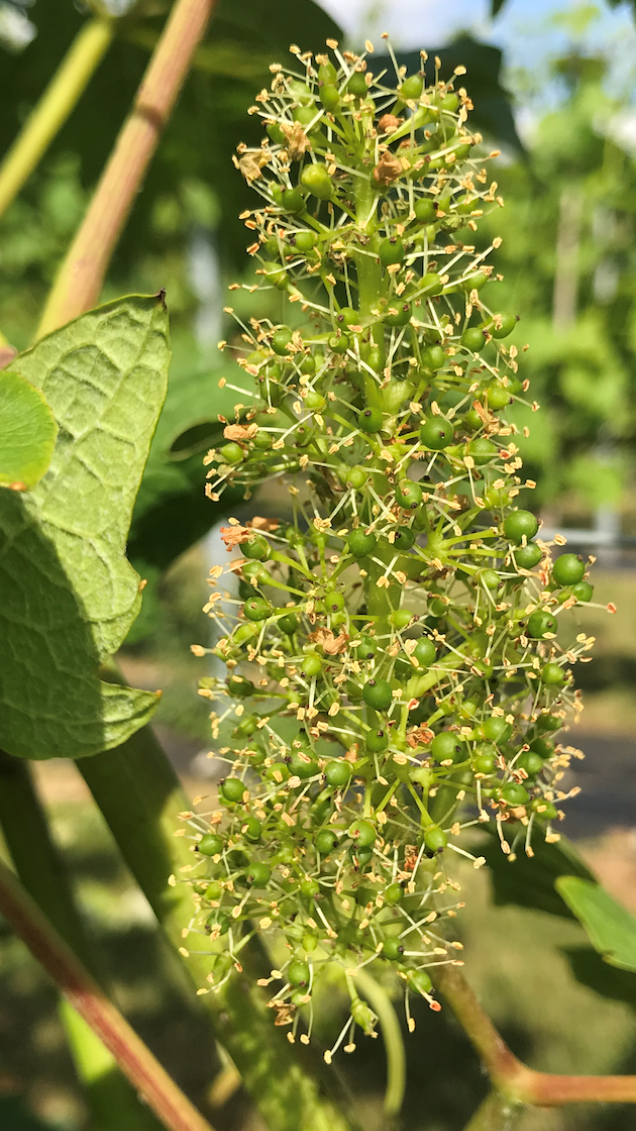What is white wine?

If you’ve got an inquisitive mind and have ever wondered what white wine actually is, then we’ve got the lowdown for you.
There’s nothing new about white wine.
It’s believed to have been around for at least 4,000 years and isn’t really white but comes in various straw, green and golden yellow hues.
It’s made from any colour of grape and is produced by alcoholic fermentation – with no skin contact – from the pulp of grapes.
Wide variety
The wide variety of types of white wine, and how diversely they taste, relates to the varieties of grapes used to make them, the methods employed and the residual sugar ratios in the fruit.
Overall, white wine is made from what are classified as ‘white’ grapes – which are green and yellow in colour, depending on the variety grown.
Some white wine is also made from grapes with coloured skin, for example, Pinot Noir is commonly used to produce champagne, if no pink colour comes out in the liquid, known as wort, created when mushing up the grapes.
Aromatic & tangy
‘Dry’ is white wine’s most common form. It’s mostly aromatic and tangy and comes from the fermentation of the wort in its entirety.
In contrast, sweet white wines are made by interrupting the fermentation process before all the grape sugars are converted into alcohol. This is known as fortification.
The ways wort can be enriched with sugar are numerous. They include on the vine when ripening, when straining, or with the use of the beneficial fungus Botrytis cinerea.
Sparkling wines, which are almost all white, are created when the carbon dioxide from the fermentation process is retained in the wine and creates a gas when the bottle is opened.
So, now you know!















